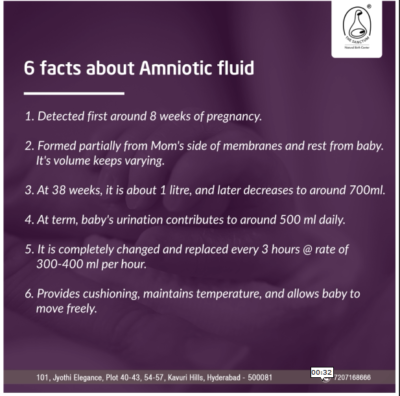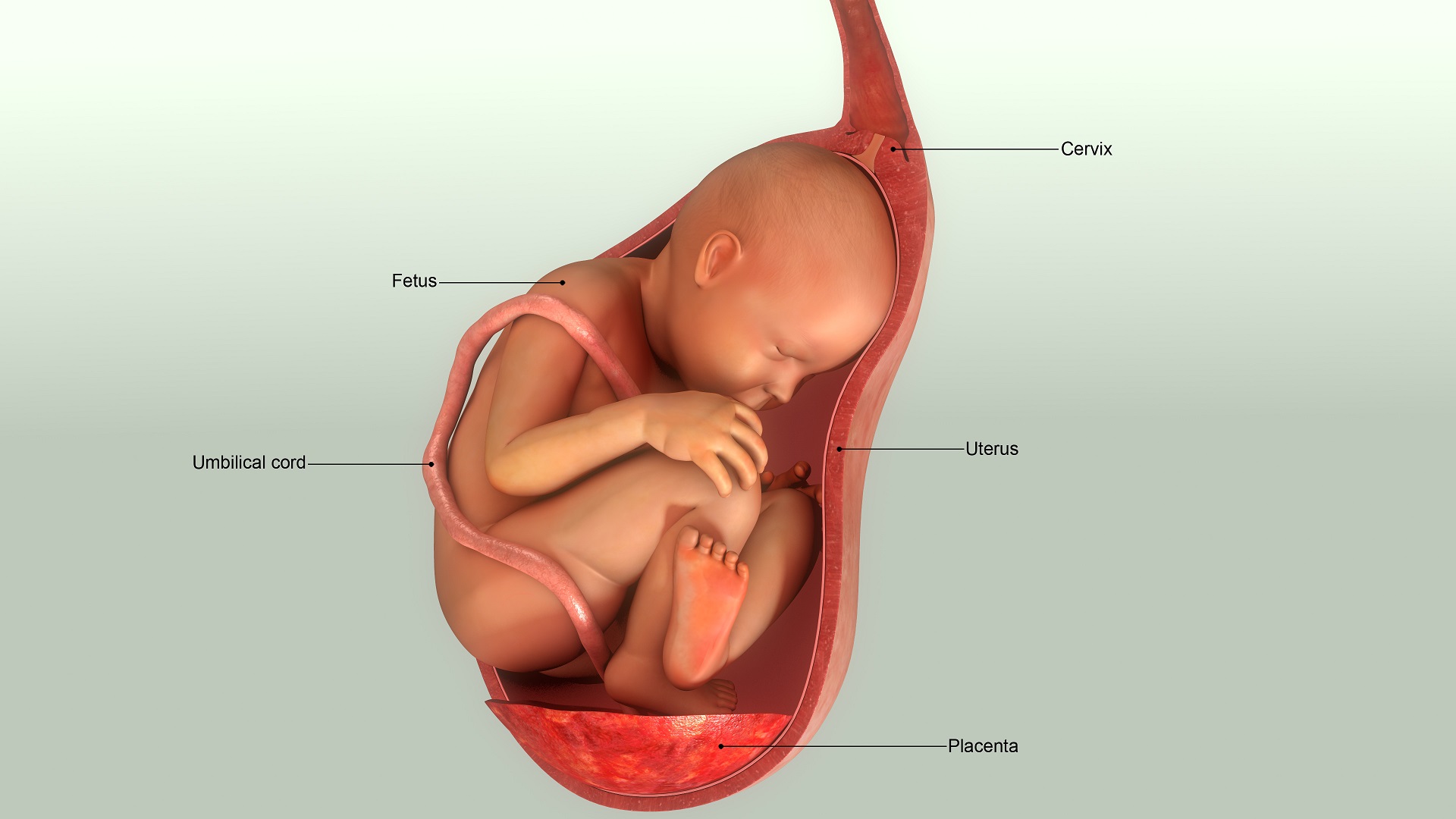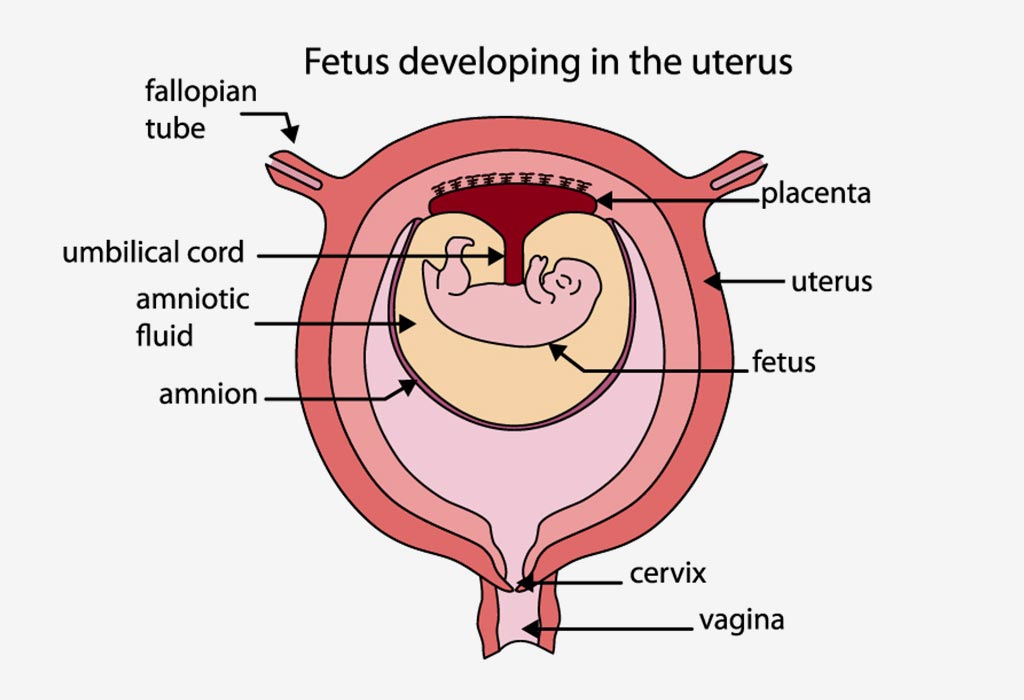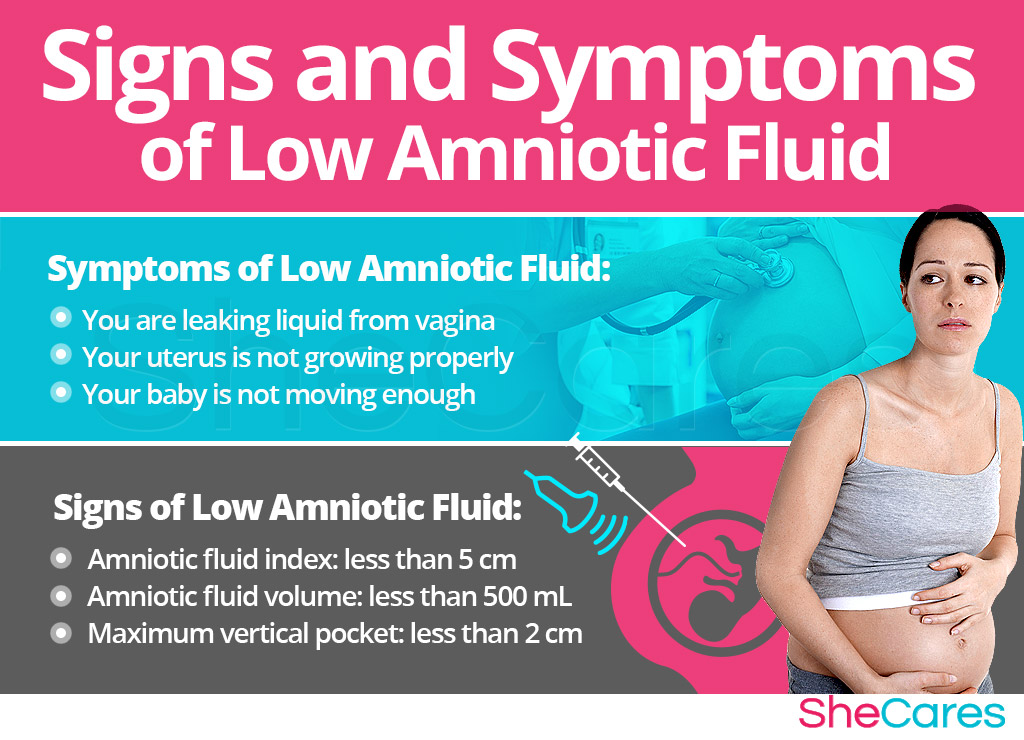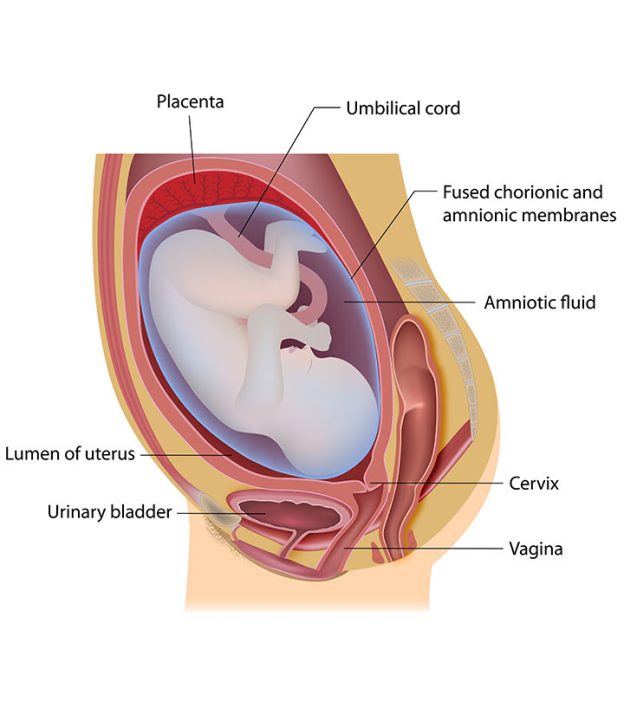What Everybody Ought To Know About How To Reduce Amniotic Fluid

A research study showed that.
How to reduce amniotic fluid. Amniotic fluid is more than just a liquid your baby floats in. It is generated from maternal plasma, and passes. Increasing water intake may help improve amniotic fluid.
This steadies the amount of fluid in the uterus. How can i reduce amniotic fluid during pregnancy? Increase your fluid intake have 15 to 20 glasses of water every day.
Amniotic fluid is in the amniotic sac. Following are the natural ways to increase amniotic fluid levels: Amniotic fluid has a significant role in the baby’s growth.
Some causes of low amniotic fluid have a simple solution, but others may require more intensive intervention. Your health care provider may use amniocentesis to drain excess amniotic fluid from. It is the simplest way to upsurge the fluid levels by staying.
Amniotic fluid levels vary throughout the different stages of pregnancy. Median afi level is approximately 14 from week 20 to week 35, when the. Alcohol dehydrates while lowering the level of amniotic fluid in your body.
Your health care provider may prescribe the oral medication indomethacin (indocin) to help reduce fetal urine production and amniotic fluid volume. Some may suggest you reduce your water intake. It is one of the things that you strictly avoid during pregnancy.
Drainage of excess amniotic fluid. This is a procedure where a needle is inserted through the uterus to release amniotic fluid out of the amniotic sac. Amniotic fluid is present from the formation of the gestational sac.
Typically, amniotic fluid is swallowed by the baby in utero and then urinated out. How does amniotic fluid develop? Ad find deals on fluid retention supplement in nutrition on amazon.
Amnioinfusion is a procedure to replace amniotic fluid lost during labor. Drink more fluids anytime during your pregnancy, drinking a lot. In cases of very severe amniotic fluid levels, amnioreduction can be used to temporarily reduce fluid levels in order to prolong a pregnancy at risk of preterm delivery.
Median afi level is approximately 14 from week 20 to week 35, when the amniotic fluid begins to reduce in preparation for birth. Low amniotic fluid (oligohydramnios) is a condition in which the amniotic fluid measures lower than expected for a baby's gestational age. No treatment has been proved effective long term.

